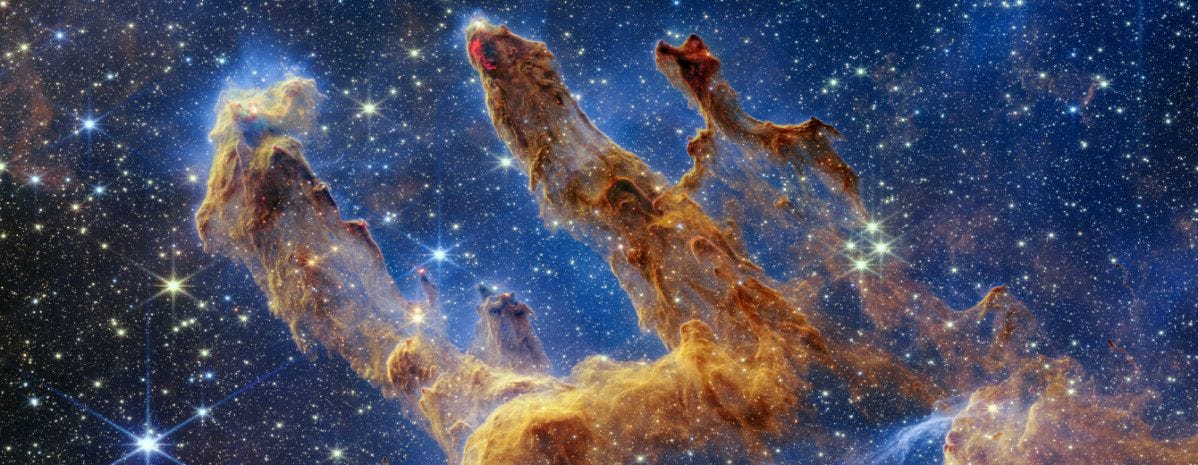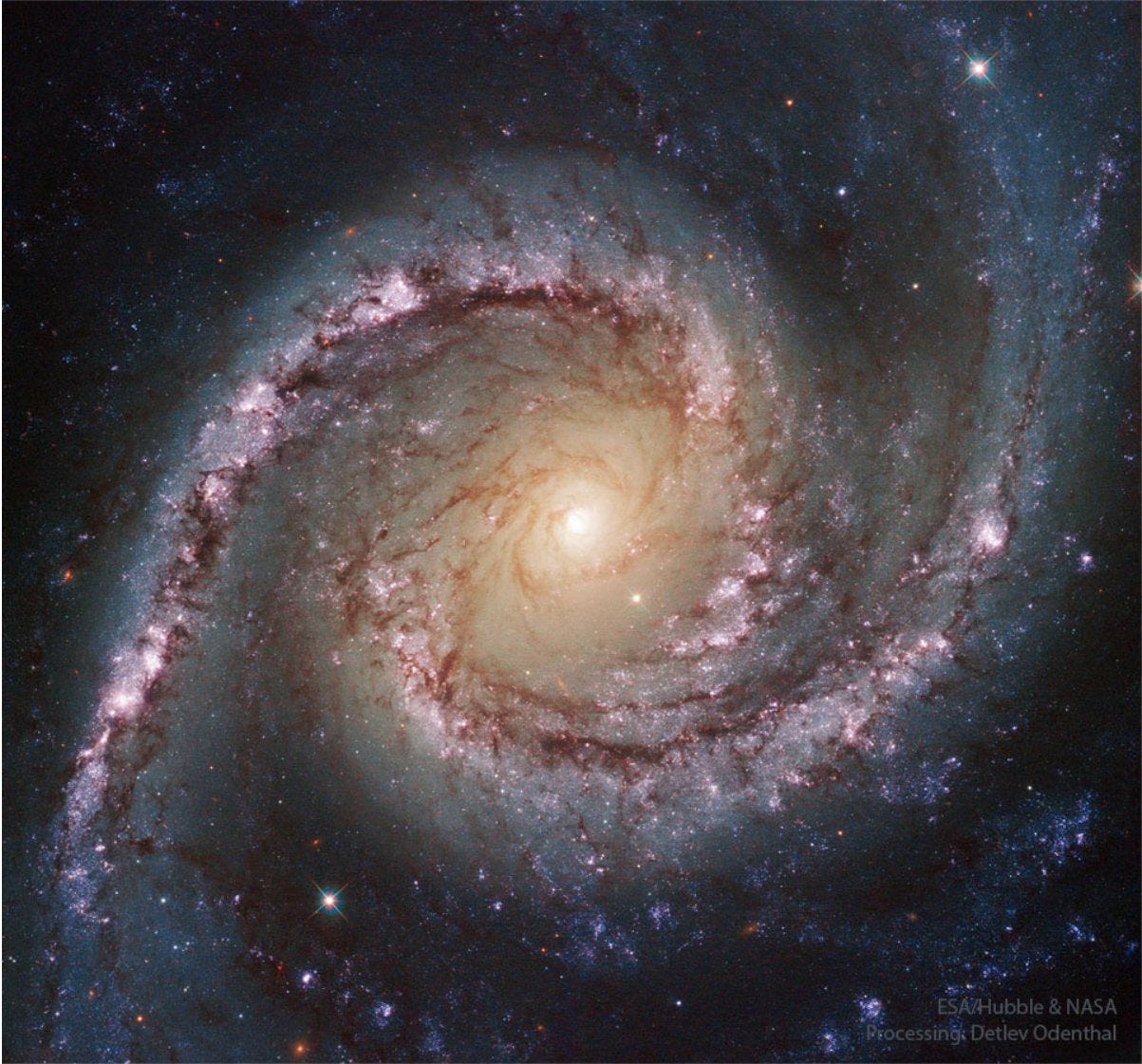Cemeteries & Galaxies
Cemeteries fascinate me and have as long as I can remember. It’s not a morbid curiosity about the dead, but the ritual of burying the deceased remains in the Earth and the effort to memorialize the departed through carved headstones or burial plaques.
Where else can one time-travel without risking the paradox of injuring a butterfly’s wing theoretically causing the death of an ancestor, thus preventing the birth of the time traveler? Sorry, temporary tangential detour to a sci-fi wishlist bucket item.
In the U.S., it’s difficult to find graveyards to explore that host old markers. The exception is in the northeast from our earliest settlements. Boston (and surrounding region) have several fascinating cemeteries to wander. From notable graves of famous thinkers and writers, to the availability of tombstones dating back to the 1600s make these places among the best graveyards to visit in the U.S.
Two such Boston sites I explored years ago included the Granary Burying Ground next door to the historic Park Street Church on the Boston Common's east corner, and the King’s Chapel Burying Ground a few blocks away. Both rest notable historical figures, but the Granary provides a spookier visit. Surrounded on three sides by tall buildings, the grassy graves stay bathed in subdued light all day long. The northeast boundary offers the creepiest feature, that of visible burial chambers in the wall below office spaces. Behind large plate glass windows workers sit, whom I suspect become used to the view, but I wonder if they seldom forget about the crypts of the long dead buried beneath their feet.
I visited several other region cemeteries on that trip. Sleepy Hollow in Concord is the final resting place famous thinkers whom I’ve read and followed: Emerson, Thoreau, Walcott, etc. The seaside town of Salem is home to three burial grounds with graves from the time of the infamous witch trials. When cemeteries are old enough, historical connections are everywhere, enhancing the visit. A trip to Ireland in 2006 showed me what truly old means when exploring graveyards (and pubs, and cities), but those are stories for another day.
From staring at the ground to looking up at the stars
We are living in the greatest time thus far for cosmic discoveries. The two telescopes launched into orbit over the last twenty years (Hubble and James Webb) continue providing stellar visual treats (not to mention the massive influx of new cosmology data). Amazing to look at, but notable to me is the reality between the lines of the fine print: the shared images are from moments sometimes millions of light years away (or more). Odds are what’s there now is not what we’re seeing in these visuals. That aspect does not detract from their immense value to astronomical science. Since growing up on sci-fi shows like Star Trek visiting far away galaxies, planets, and alien civilizations, in one sense these images are cosmic fossils.
Like my much enjoyed cemetery romps, these stellar beauties are similar in that they may show final resting places of the past. Both are humbling experiences: graveyards a stark realization of the brevity of human life on this planet, and cosmic marvels reveal how tiny and insignificant we are, compared to the vastness of space and whatever may be out there.
Stellar image gallery
Granary Burying Grounds gallery




Sleepy Hollow Cemetery gallery



Nota bene: Each morning, I open a group of saved websites in a browser tab I named Daily that I like to read (including the Astronomy Picture of the Day) before I head into my day’s work.





